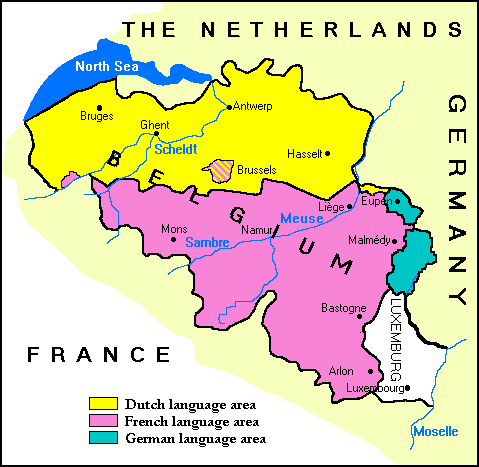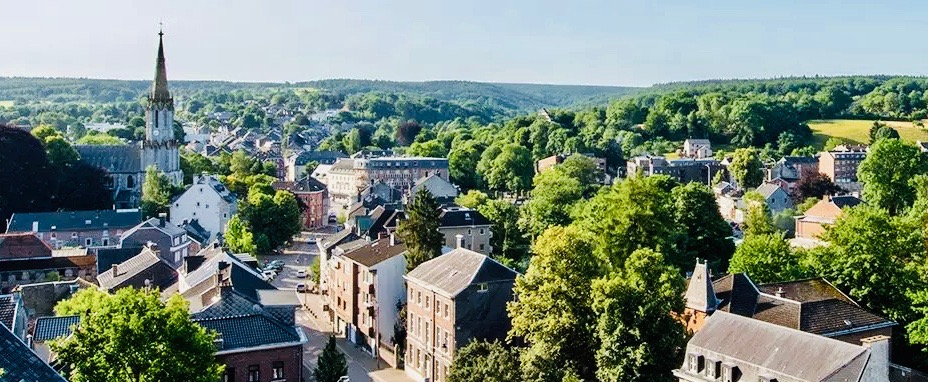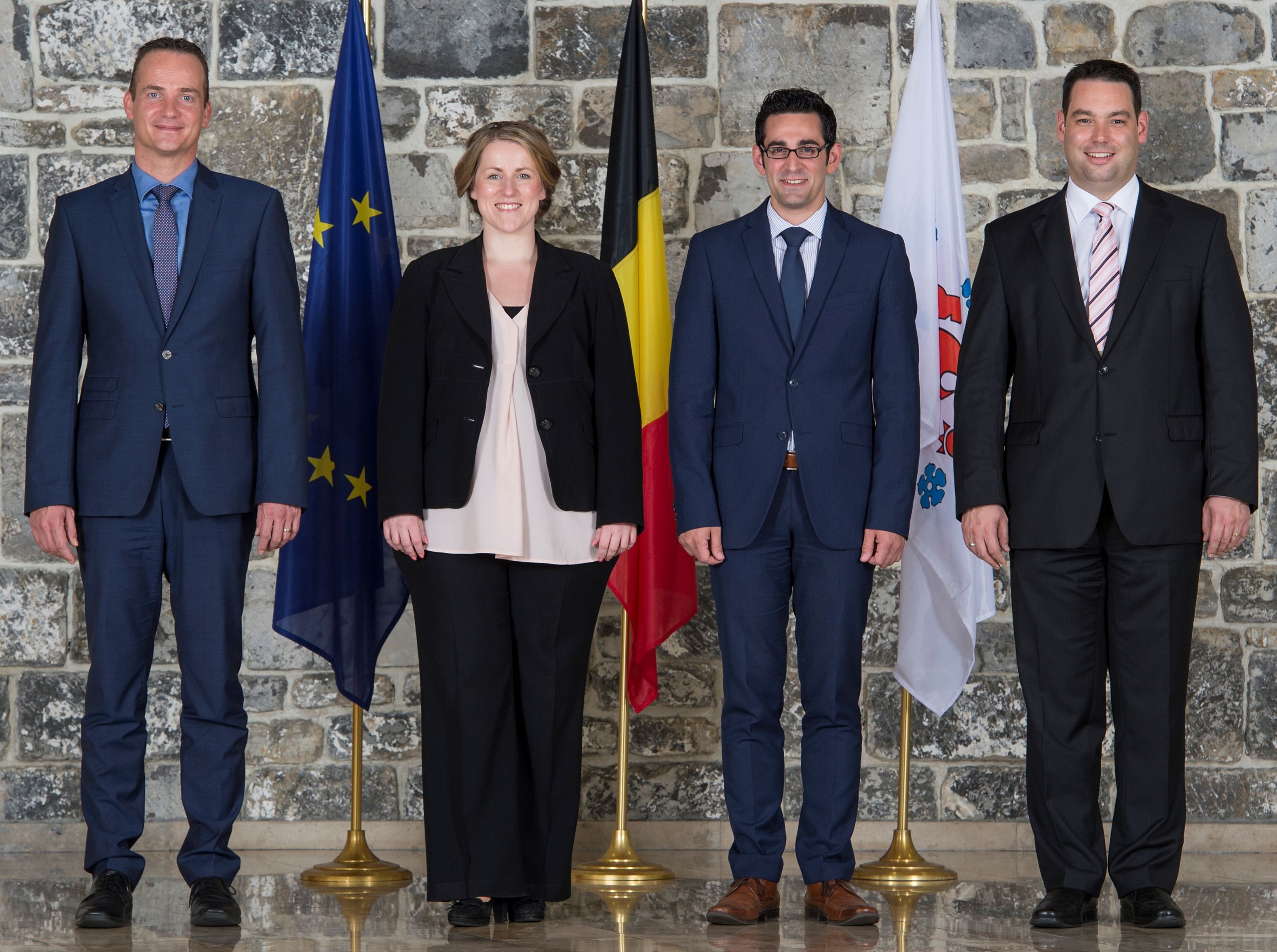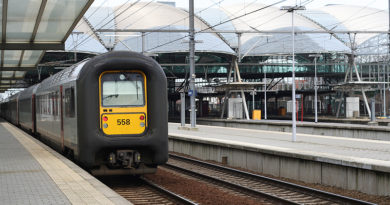The lesser-known and oft-forgotten Belgians
Enough of the Francophones and the Flemish. We hear about them all the time. What we rarely talk about are the members of the third and smallest language community of Belgium.
Remember, the Kingdom of Belgium has three official languages: Dutch or Flemish, French, and German. The French-speaking and Dutch-speaking Belgians often monopolize our attention. So for once, let’s put the spotlight on the lesser-known and oft-forgotten German-speaking Belgians. Here’s the score.
How many are they?
Not a lot compared to the millions of French and Dutch-speaking citizens of Belgium. In fact, they are considered the smallest autonomous community in the whole European Union.
The German-speaking Community a.k.a. the Deutschsprachige Gemeinschaft (DG) is composed of approximately 78,000 inhabitants, which is far below one percent of the total population of Belgium.

Where are they?
They could be all over Belgium for all we know. But the official territory of the German-speaking Community is located in the eastern part of Belgium along the country’s borders with Germany, Luxembourg, and the Netherlands.
The region encompasses 854 square kilometers of land within the province of Liège and consists of nine municipalities.

What are they like?
Hard to speak for all 78,000 of them, but the « Belgians of the east » often describe themselves as people who “work Prussian but live French.” That’s because they live along the fault line between the Germanic and the Romanic cultures. Their character is said to be a mixture of influences coming from Germany, the Netherlands, Flanders, Wallonia, and Luxembourg.
How old is the community?
As old as the French-speaking and Dutch-speaking Communities which are officially 39 years old based on the institutional history of Belgium.
The three language communities were established in 1980 during the second constitutional reform in Belgium. But they were first created as cultural communities under the first constitutional reform of 1970. Dutch, French, and German were declared the official languages of Belgium in 1966.

How does the community fit into the overall Belgian structure?
As complexly as Belgian systems go. What is Belgium anyway if not the land of political and administrative complexities?
First, let’s remember that apart from the three linguistic communities, Belgium also has three regions: the French-speaking Walloon Region, the Dutch-speaking Flanders Region, and the bilingual Brussels-Capital Region.
The German-speaking Community is an autonomous legal entity with powers over cultural matters, people-related concerns, education, and inter-community and international cooperation.
However, in regional concerns such as housing and rural planning, the German-speaking municipalities fall under the jurisdiction of the Walloon Region. And for provincial matters, the community is part of the Walloon Province of Liège. How’s that for complicated?
Just like the two other linguistic communities of Belgium, the German-speaking Community has its own government and parliament. But unlike the Francophones and the Flemish who are often embroiled in political battles and bureaucratic labyrinths, the Germanophones live in a more peaceful and more organized world of their own.



